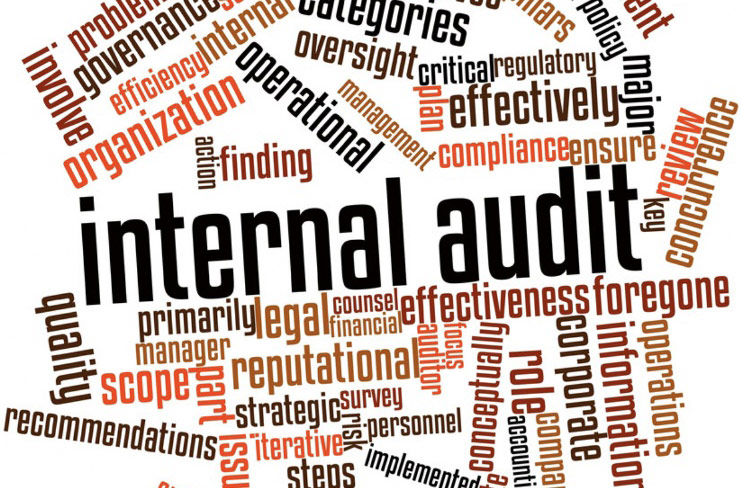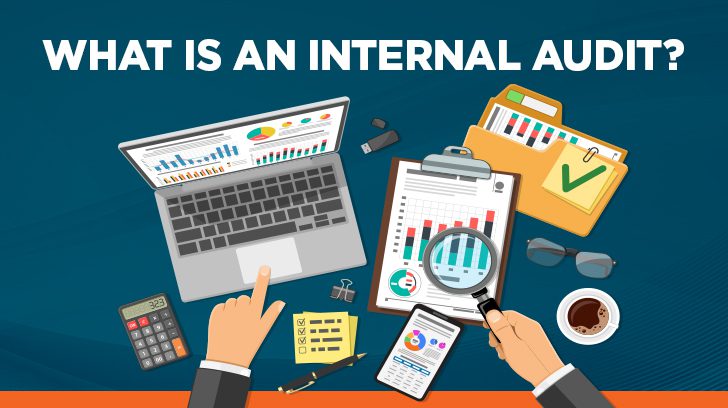Can You Fail an Internal Audit?
Understanding the Purpose of Internal Audits
Internal audits play a critical role in evaluating and improving an organization’s internal controls, risk management processes, and compliance with regulatory requirements. These audits are conducted by independent internal auditors or a dedicated internal audit department within the organization. The primary objective of an internal audit is to assess the effectiveness and efficiency of operations, identify areas of potential risk or non-compliance, and provide recommendations for improvement. Can you fail an internal audit?
The Criteria for Failing an Internal Audit
While the term “failing” may sound alarming, it is important to note that an internal audit is not a pass or fail examination. Unlike external audits conducted by regulatory bodies or independent accounting firms, internal audits focus on assessing the adequacy and effectiveness of internal controls and risk management processes. The goal is to identify areas for improvement rather than assigning a definitive pass or fail grade.
However, it is possible for an organization to receive a less favorable assessment in an internal audit if significant deficiencies or material weaknesses are identified. These deficiencies can indicate a failure in meeting the desired standards and expectations set by the organization or industry regulations. In such cases, the audit report may highlight these issues as areas requiring immediate attention and improvement.
Identifying Significant Deficiencies
During an internal audit, auditors assess various aspects of the organization’s operations, including financial reporting, internal controls, compliance, and operational processes. They evaluate whether these areas are functioning effectively and efficiently or if there are any significant deficiencies that need to be addressed. Significant deficiencies can arise from weaknesses in internal controls, inadequate risk management, or non-compliance with regulatory requirements.

Can you fail an internal audit?
Significant deficiencies are typically identified when internal controls or risk management processes are deemed inadequate or ineffective in preventing or detecting errors, fraud, or non-compliance. For example, if an organization lacks segregation of duties, allowing a single individual to control multiple aspects of a financial process, it can be considered a significant deficiency. Similarly, if the organization fails to implement adequate controls to prevent unauthorized access to sensitive information, it can be flagged as a significant deficiency.
Material Weaknesses and Non-Compliance
Material weaknesses are a more severe form of deficiency that can be identified during an internal audit. Material weaknesses are deficiencies in internal controls that could result in a material misstatement in the organization’s financial statements. These weaknesses are significant and require immediate attention to ensure accurate financial reporting and compliance with applicable laws and regulations.
Non-compliance refers to a failure to adhere to laws, regulations, or internal policies. If an internal audit identifies instances of non-compliance, such as failure to follow established procedures or violation of regulatory requirements, it can be considered a significant deficiency or a material weakness depending on the impact and extent of the non-compliance.
The Importance of Corrective Actions
When an internal audit identifies significant deficiencies, material weaknesses, or non-compliance, it is crucial for the organization to take prompt corrective actions. Corrective actions involve implementing measures to address the identified deficiencies, strengthen internal controls, enhance risk management processes, and ensure compliance with regulatory requirements.
Organizations should view internal audit findings as opportunities for improvement rather than failures. By addressing the identified deficiencies, organizations can enhance their operational efficiency, minimize risks, and improve overall performance. Corrective actions may include implementing stronger internal controls, conducting additional training programs, enhancing monitoring and oversight mechanisms, or revising policies and procedures to align with best practices.
Conclusion
While internal audits do not have a pass or fail grade, they do provide valuable insights into an organization’s operations, internal controls, risk management processes, and compliance practices. The identification of significant deficiencies, material weaknesses or instances of non-compliance in an internal audit should not be viewed as failures but as opportunities for improvement. These findings serve as a roadmap for organizations to enhance their systems, mitigate risks, and ensure compliance with regulations. For a tax accountant in ashfield read on.

It is important for organizations to view internal audits as a proactive measure rather than a punitive exercise. By conducting regular internal audits and addressing any identified deficiencies, organizations can strengthen their operations, improve financial reporting accuracy, and safeguard against potential risks.

